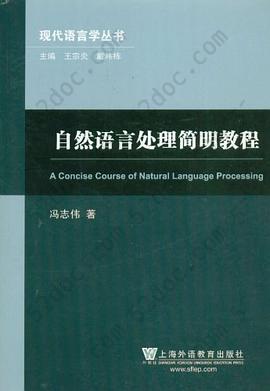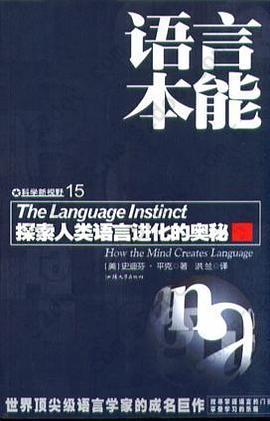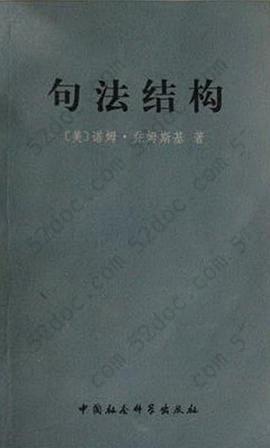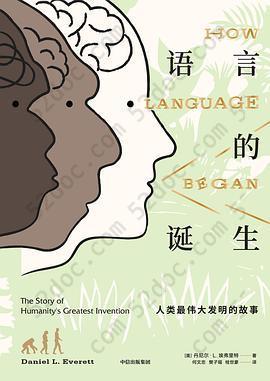注重体验与质量的电子书资源下载网站
分类于: 设计 互联网
简介
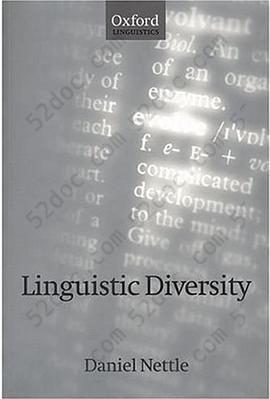
Linguistic Diversity 豆 0.0分
资源最后更新于 2020-08-21 15:09:34
作者:Daniel Nettle
出版社:
出版日期:1999-01
ISBN:9780198238584
文件格式: pdf
标签: 语言学 语言与社会 社会语言学 田野调查 方言与民族语 历史语言学
简介· · · · · ·
There are some 6,500 different languages in the world, belonging to around 250 distinct families and conforming to numerous grammatical types. This book explains why. Given that the biological mechanisms underlying language are the same in all normal human beings, would we not be a more successful species if we spoke one language? Daniel Nettle considers how this extraordinary ...
目录
1. Introduction; 1.1 Preamble; 1.2 The Family Tree Model; 1.3 The Linguistic Item and Linguistic Pool; 1.4 Levels and Diversity in the Linguistic Pool; 1.5 Justification, Disguised as Apology; 1.6 The Need for an Interdisciplinary Approach; 2. Language Evolution: Basic Mechanisms; 2.1 Introduction; 2.2 The Neutral Model; 2.3 Problems with the Neutral Model; 2.4 Additional Amplifiers; 2.5 Summary and Conclusions; 3. Language Evolution: Computer Simulations; 3.1 Introduction; 3.2 The Use of Computer Simulations; 3.3 Methods; 3.4 Basic Results; 3.5 More Realistic Social Structures; 3.6 Social Selection; 3.7 Functional Selection; 3.8 Discrete Traits; 3.9 Discussion; 3.10 Adaptive Significance of Social Selection; 4. Language Diversity: Patterns in Space; 4.1 Introduction; 4.2 Quantifying Language Diversity; 4.3 Vectors of Language Spread; 4.4 Case Studies; 4.5 Ecological Risk as a Universal Constraint; 4.6 Testing the Theory: Methods; 4.7 Testing the Theory: Results; 4.8 Hunter-gatherers; 4.9 Conclusions; 5. Language Diversity: Changes in Time; 5.1 Introduction; 5.2 The Palaeolithic Equilibrium; 5.3 The Neolithic Punctuation; 5.4 The Neolithic Aftershock; 5.5 The Industrial Punctuation; 5.6 Prospect; 6. Phylogenetic Diversity; 6.1 Introduction; 6.2 Lineages and Stocks; 6.3 The Distribution of Stocks; 6.4 Stocks and Time: Nichol's Model; 6.5 Stocks and Time: An Alternative Model; 6.6 Validating the Model; 6.7 Conclusions; 7. Structural Diversity; 7.1 Introduction; 7.2 Causes of Structural Diversity; 7.3 Geographical Distribution of Structural Diversity; 7.4 Case Study: Phonological Inventory and the Lexicon; 7.5 Conclusions; Epilogue; Appendix - Global Language Diversity Data




